Abandoned buildings:
Ghosts of Elm City's past
Though they have long since been abandoned, English Station, the Pirelli Tire Building and Five Mile Point Lighthouse once had clear purposes. Built over the course of two centuries, they once produced electricity, light and tires. Now, empty and unlit, these buildings dot New Haven’s landscape — a reminder of an industrial era that has long since passed.
Above Ball Island near the Mill River’s mouth, power plant workers arrived at English Station to burn coal and oil for much of the 20th century. The island and plant are now brownfields, contaminated with asbestos and an organic chlorine compound. Then throughout the 1970s employees at the Armstrong Rubber Company Headquarters arrived in the lot now owned by IKEA to work in administration, research, development and supply. The oldest of the three buildings, Five Mile Point Lighthouse was built in the 1800s and guided the way for sailors through the century. It’s now a recreational destination on the shore.
ON THE RIVER
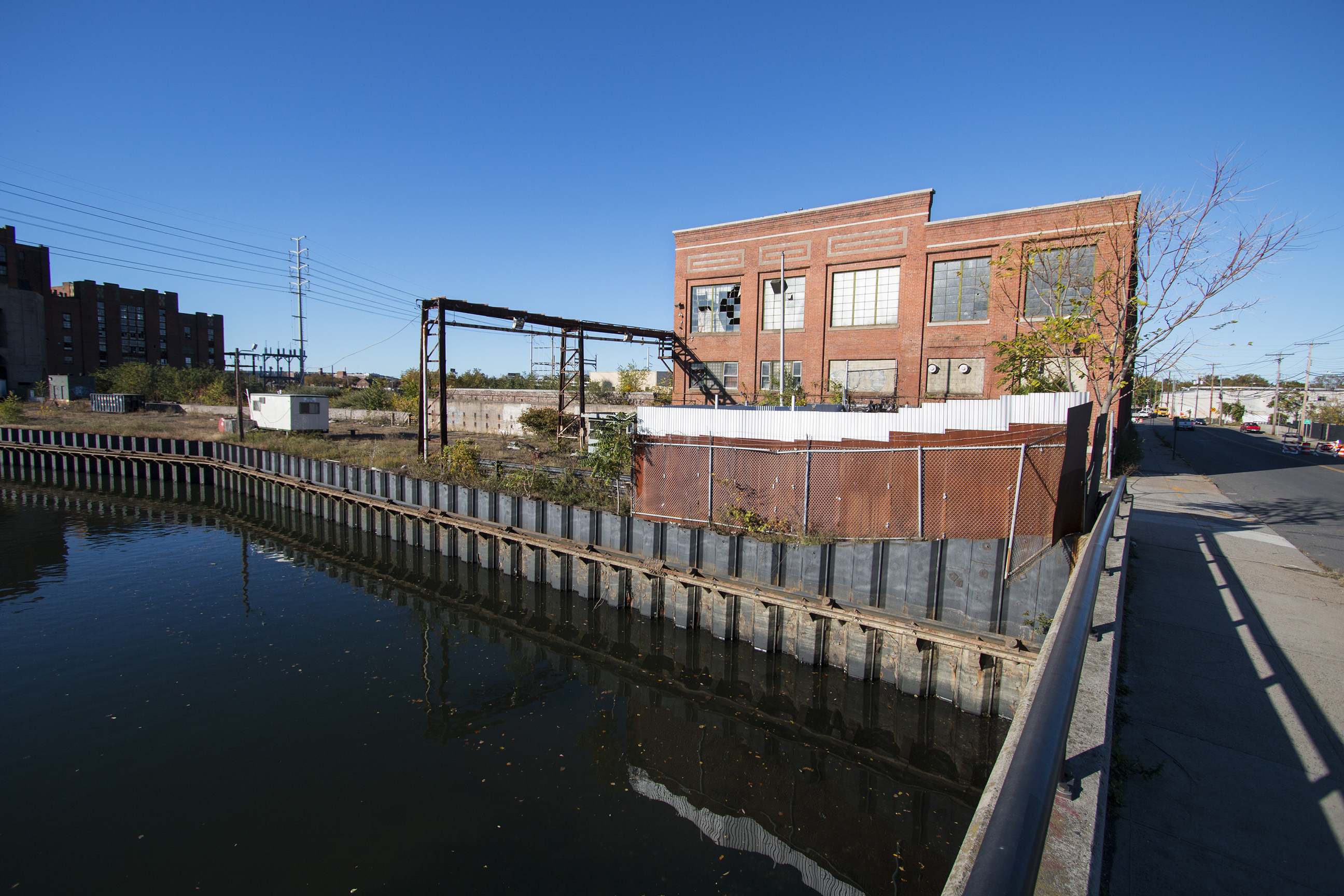
A mill that once provided electricity for New Haven residents has now become a headache for its owners.
After several years of operation, the United Illuminating Company started construction on English Station in 1927 to meet the state’s energy demand. In May 1929, the first barges carrying thousands of tons of coal sailed through the Long Island Sound up the Mill River to deliver fuel to the plant’s initial two units for production. Over the next few years, the remaining four units began operation and increased English Station’s production.
Coal-burning at the plants continued into the 1950s and 1960s. But Mill River District residents complained about vibrations from the turbines and coal ash in the air. To cut back on pollution, United Illuminating swapped oil for coal in many of its facilities, with English Station converting in 1960. The oil was also laced with the chlorine compound polychlorinated biphenyl, which was still legal in the United States.
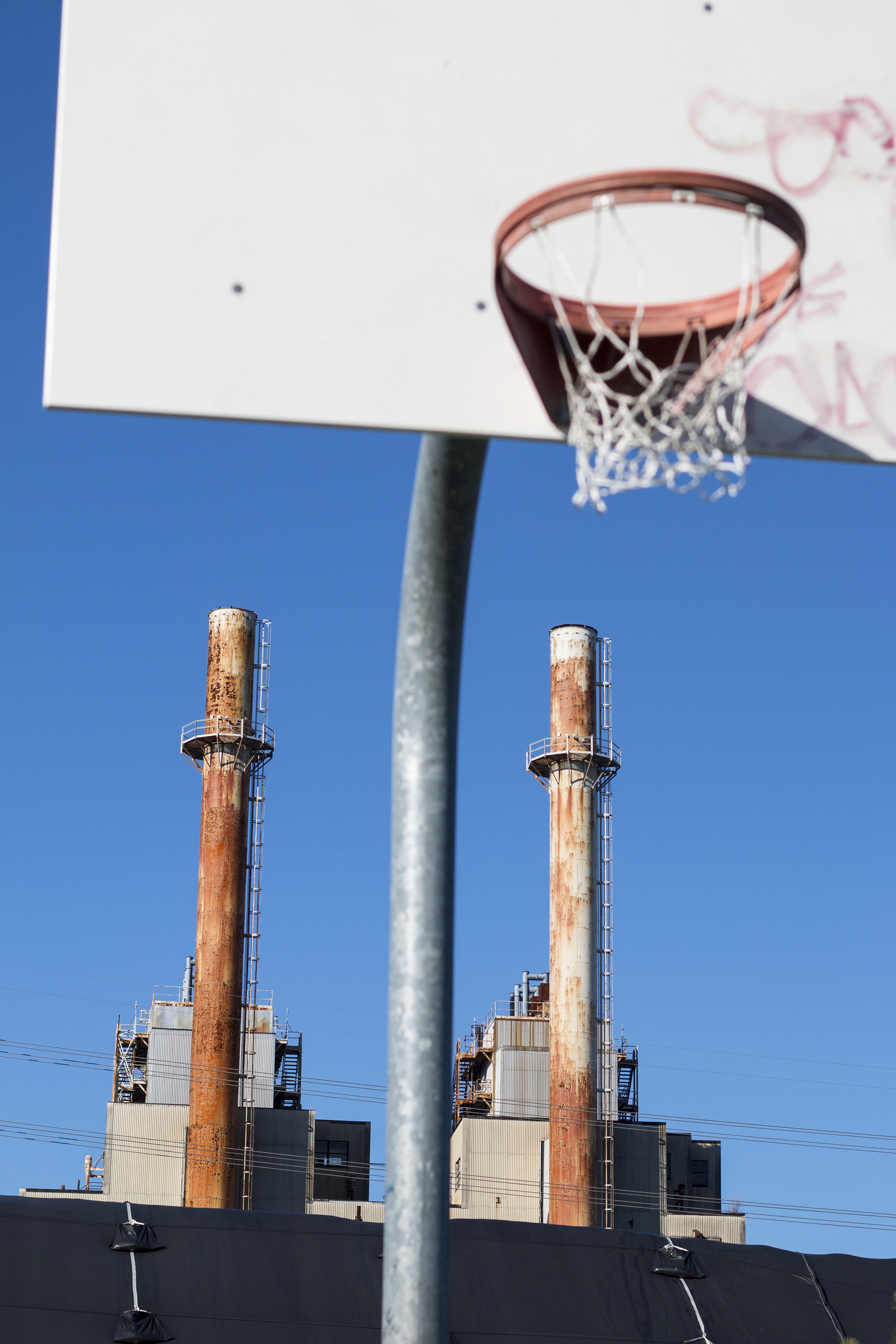
In 1992, financial issues brought English Station’s operations to a halt.
United Illuminating paid Quinnipiac Energy of Killingworth more than $4 million in 2000 to determine how best to use the building. Quinnipiac Energy also received nearly $2 million from the former owner for future cleanup.
Quinnipiac tried to resurrect the plant, but money, regulations and other issues stopped it each time. The energy company then sold the plant to Evergreen Power and ASNAT Realty in 2006.
Those two companies, which now own English Station, have desperately attempted to gain capital and rid themselves of the plant. The two companies attempted to sell an oil-recycling company approximately 4,300 gallons of the plant’s old oil in 2010, 99 percent of which was contaminated with PCBs. The recycling company reported the incident to the federal Environmental Protection Agency. During the same year, ASNAT and Evergreen tried to sell the property to Ball Island for $2.5 million, but the potential buyer backed out of the deal.
Still though, a future for the plant could be found, said John Herzan, New Haven Preservation Trust’s preservation services officer.
“There are solutions for remediation,” he said. “It’s not something you just throw up your hands and say, ‘This site is contaminated, we have to tear it down.’ It’s not that simplistic.”
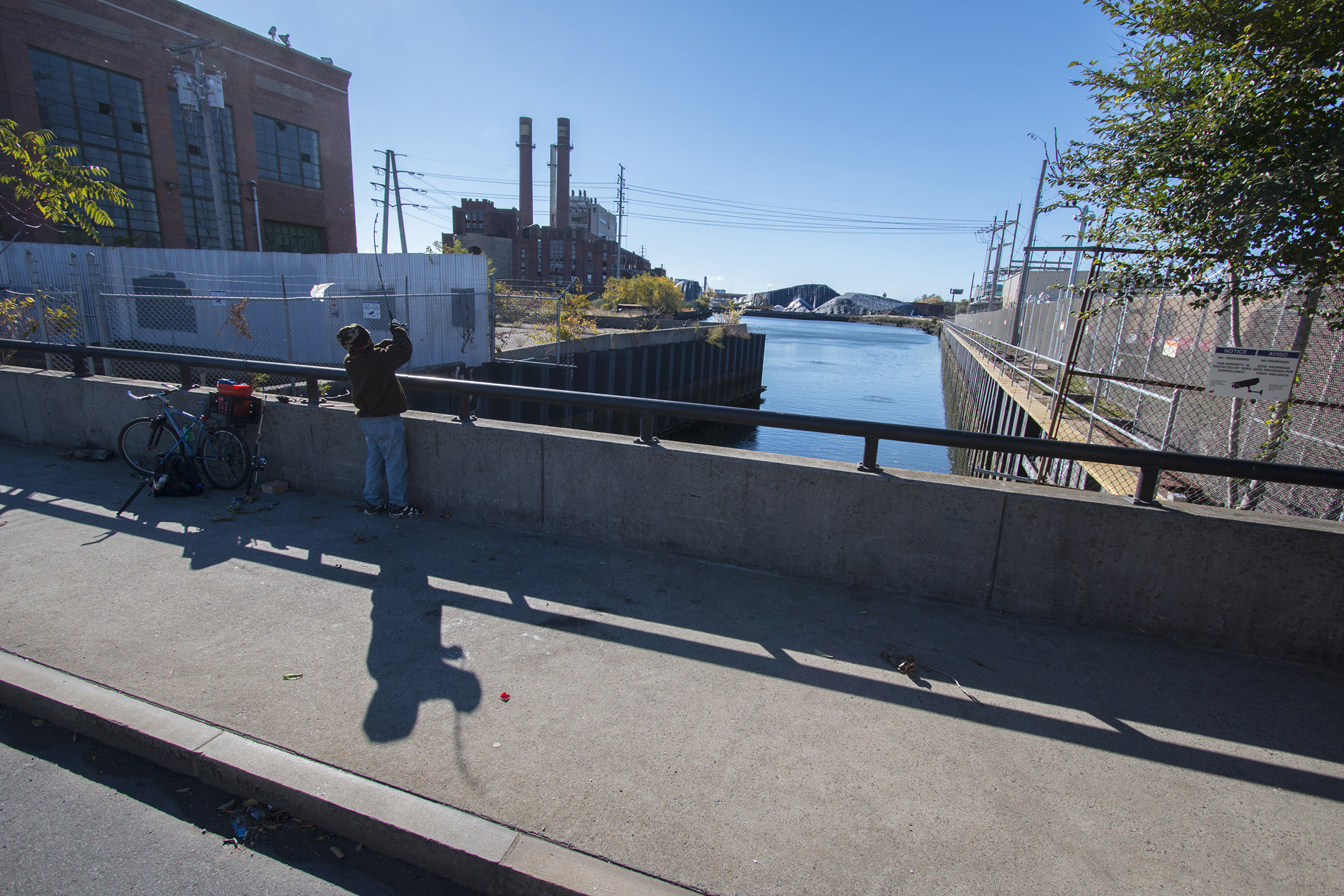
Following negotiations and legal battles, Iberdrola — a Spanish electric utility company — agreed to purchase UIL Holdings, United Illuminating’s parent company, for $3 billion under the condition that it would also fund a $30 million project to clean up the English Station site.
But no cleanup efforts have been visible on the site and the entire island remains boarded off from the public.
Still, the barriers do not prevent nearby resident Aly Tatchol Camara from casting his fishing line off a Chapel Street bridge, and into the nearby Mill River. Although he worries about his well-being from being near a contaminated site, Camara comes to the river weekly to fish for striped bass and bluefish.
“Maybe even from this fish,” Camara said. “I’m going to die.”
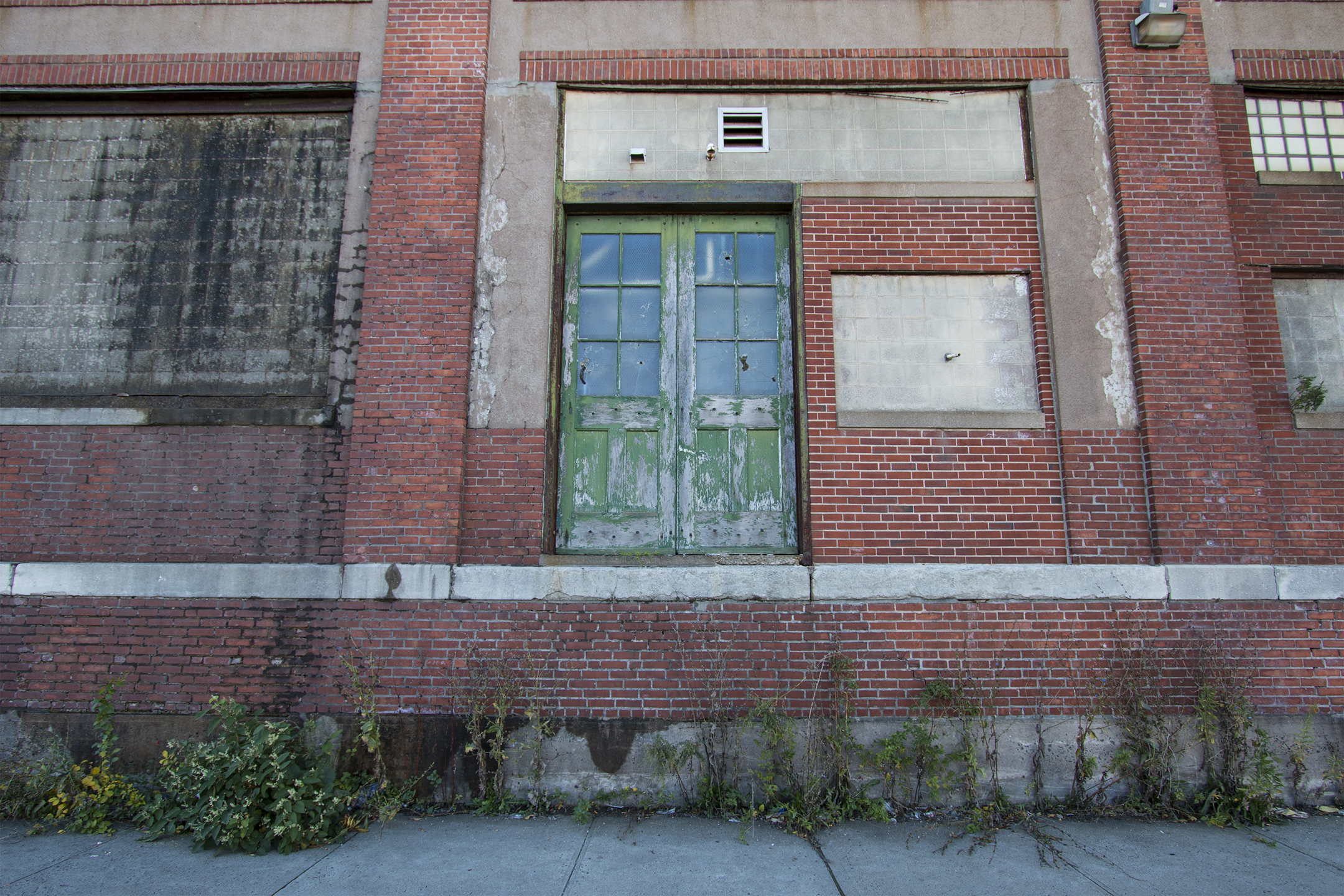
Camara’s worries are not misplaced.
The Connecticut Safe Fish Consumption Guide recommends only eating one meal per month of striped bass and bluefish if they are caught in the Long Island Sound or a connecting river. Eating fish with a high concentration of PCBs may increase cancer risks, according to the guide.
Though Camara is aware that the nearby building contains toxins, he needs the food.
“We worry about everything, but we gotta survive,” Camara said. “We wish whoever was responsible would do something about it.”
OFF THE EXIT

Toward the end of his 16-year tenure as mayor of New Haven, Richard Lee took aim at the Long Wharf neighborhood. As part of Lee’s urban renewal program, Joseph Stewart, an administrator at the Armstrong Rubber Company, proposed a simple two-story structure for the neighborhood that would serve as the company’s headquarters. Unimpressed with the design, Lee recommended hiring a high-profile architect to create the building since it would be seen by many travelers on two major highways — Interstates 95 and 91.
Persuaded, Armstrong Rubber commissioned Marcel Breuer, the architect behind Yale’s Becton Engineering and Applied Science Center on Prospect Street, to design the headquarters. After more than two years, the $7 million building was completed in August 1970.
The headquarters consisted of a two-story structure, which housed the warehouse as well as research and development. To prevent the noises from those floors carrying to the administrative offices, which were in the upper section, Breuer designed a gap between the second and third floors. These upper and lower sections are connected by several small beams and three larger supports: The two outside supports house staircases while the central support has an elevator.
For nearly two decades, Armstrong Rubber kept its headquarters in New Haven even though it experienced economic slumps throughout. In 1973, the Organization of Arab Petroleum Exporting Countries placed an embargo on oil exports to the United States, leading production costs to spike and vehicle-driving levels to fall due to the higher gas prices.
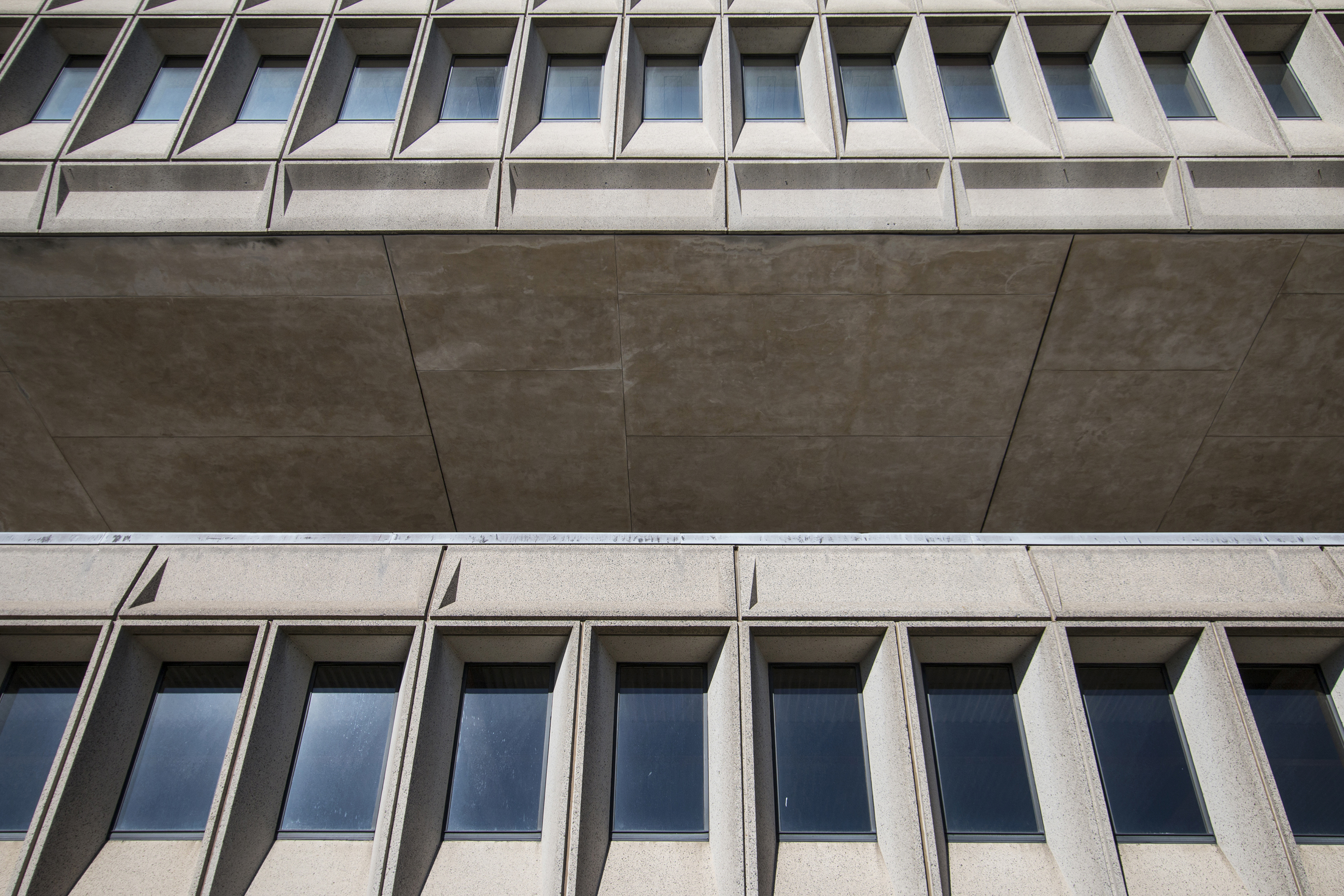
In neighboring West Haven, where Armstrong Rubber ran a tire factory, 120 workers were laid off in 1979. By 1982, the plant closed.
Armtek Corporation, Armstrong Rubber’s parent company, decided to focus on other parts of automobile production instead of tires. So in 1988, the parent sold its subsidiary to Italy-based tire manufacturer Pirelli for nearly $200 million.
But several years later, Pirelli decided to move out and relocate its United States headquarters.
During the late 1990s, a handful of developers tried to make use of the Pirelli building, but most projects did not pass the planning stages. Some developers wanted to create a mall, while the city considered transforming it into a school.

None of these projects succeeded, but in 1997, members of the Alliance for Architecture submitted a proposal to put the site on the State Register of Historic Places. The application was accepted.
IKEA began to take interest in the site, and bought the Pirelli building and surrounding land to construct a 300,000-square-foot store. They wanted to tear down the building, but the city and preservationists objected to total destruction.
“At the time, we suggested that they consider using [the warehouse] for parking, and they could’ve gotten two levels of parking,” said Karyn Gilvarg ARC ’75, City Plan Department executive director.
After the Board of Alders approved plans in 2002, IKEA demolished the 64,000-square-foot warehouse section of the building to create roughly 150 more parking spaces and increase the store’s visibility. Only the upper section and the lower section beneath it remain.
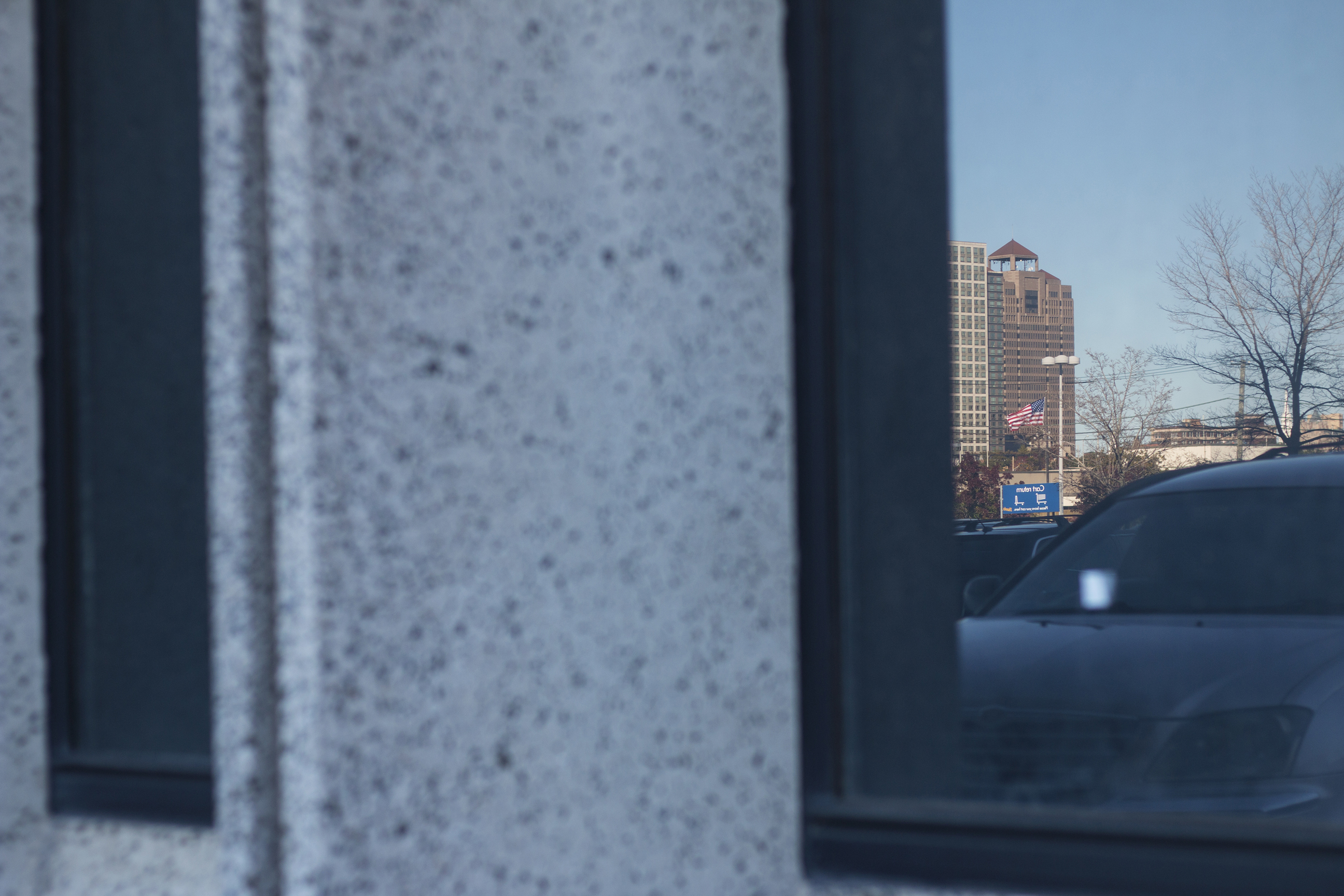
Since the partial demolition, the building has remained unused, but Gilvarg said it could serve as an office building, a company’s headquarters, a hotel or residential space. She added that remediation is likely necessary since health hazards such as asbestos tiles and lead paint are typical of buildings from its era.
The Pirelli building now primarily serves to display IKEA signage.
But last week The New York Times said IKEA will rent part of the Pirelli to Bortolami Gallery Associate Director Emma Fernberger, to display Bortolami artist Tom Burr’s artwork by the winter. IKEA will charge the artist $1 for the year, according to the Times.
IKEA did not respond to multiple requests for comment.
ON THE SHORE
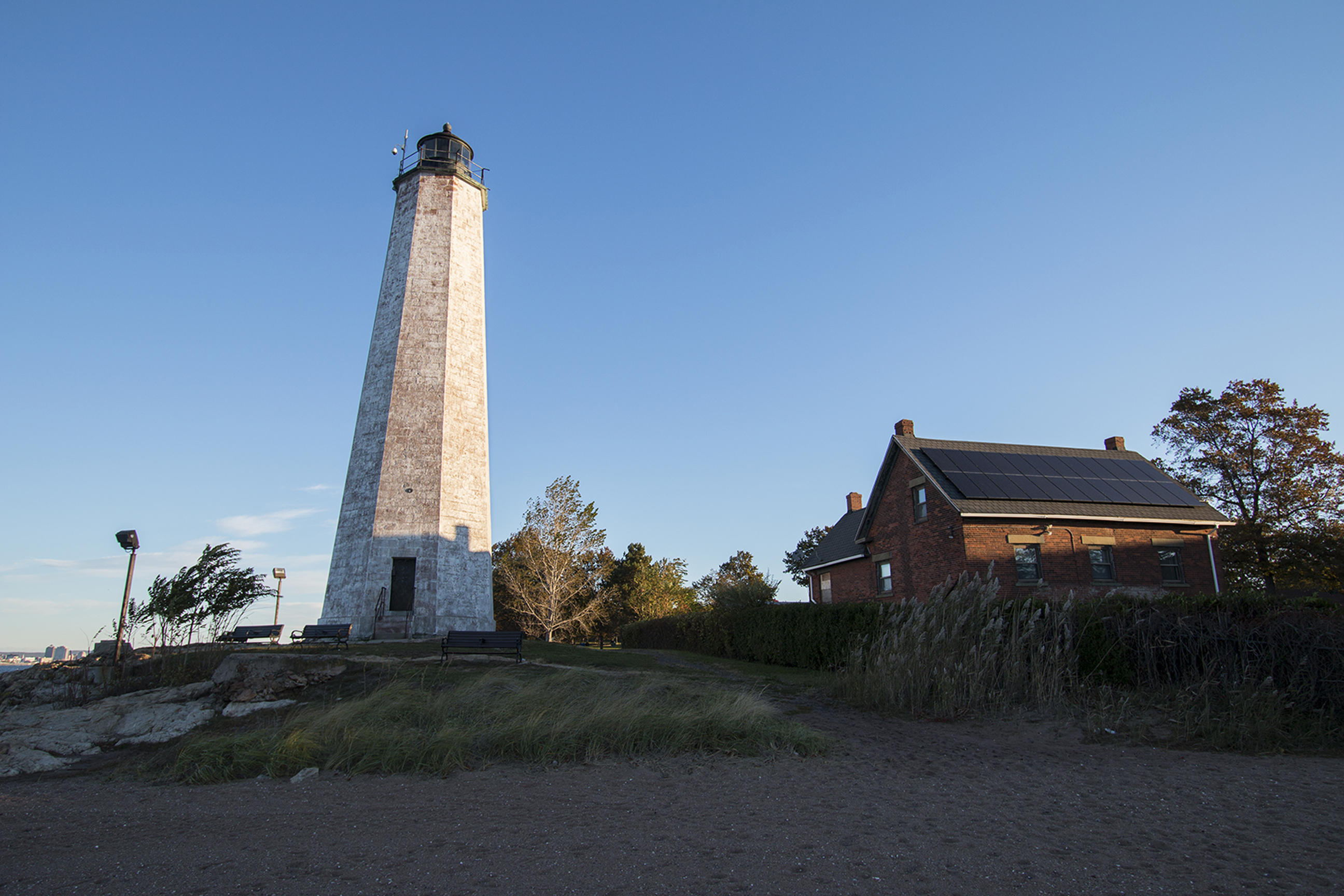
Two hundred years ago, Jonathan Finch, the keeper at Five Mile Point Lighthouse, trimmed wicks, restored fuel and cleaned windows as well as lenses. On a clear night, Finch’s light could be seen from nearly 13 miles away.
The U.S. Department of Treasury had funded the lighthouse’s 1805 construction to notify incoming sailors that they were approaching the Southwest Ledge and New Haven Harbor. The Southwest Ledge, located a mile offshore, and the New Haven Harbor are both natural formations and have been important components of New Haven development since Puritan colonists landed in the harbor in 1638.
In the 1830s, a home for a full-time keeper was installed next to the lighthouse. More changes followed: As sailors complained about the lighthouse’s poor light due to its short height and dimness, Congress allocated more funds to replace the building. The new lighthouse, which still stands today, followed its predecessor’s shape as octagonal, but was more than twice its height. The structure stands 80 feet tall and is built with sandstone and brick instead of wood and shingles.
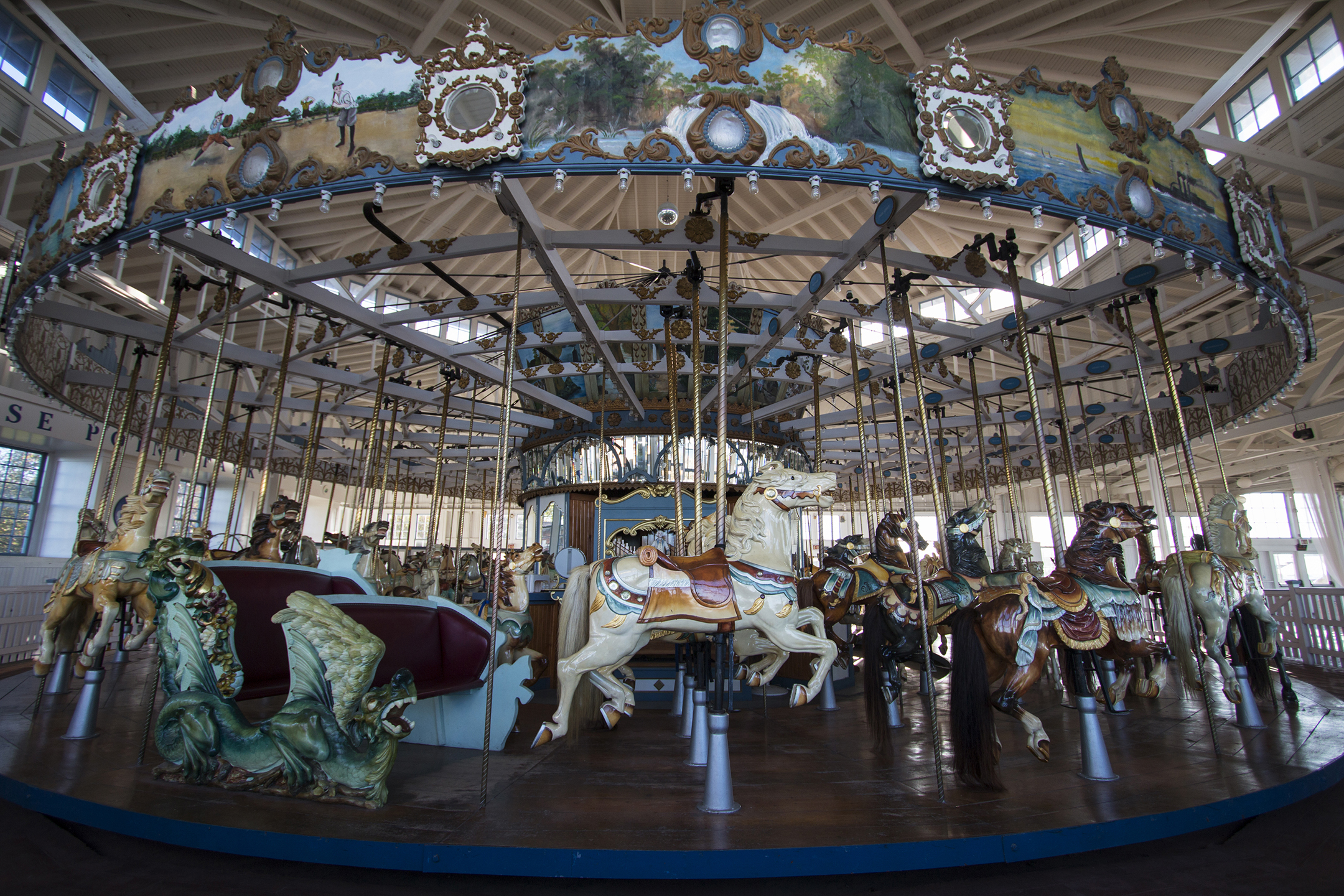
It guided the way for ships for 30 years. But in 1877, Southwest Ledge Light replaced it, and that version of the lighthouse is still in operation today.
In 1924, New Haven received the lighthouse as well as surrounding buildings from the federal government and bought the parcel of land. One quarter of a century later, the city made the location a park and added amenities such as bathhouses, concession stands and an amusement park.
Facing cracking mortar and decades worth of bird-feces accumulation, the city spent $86,000 in 1986 to refurbish the lighthouse and brighten the park’s aesthetics.
Today, swimmers wade in the waters and children ride a carousel nearby.

